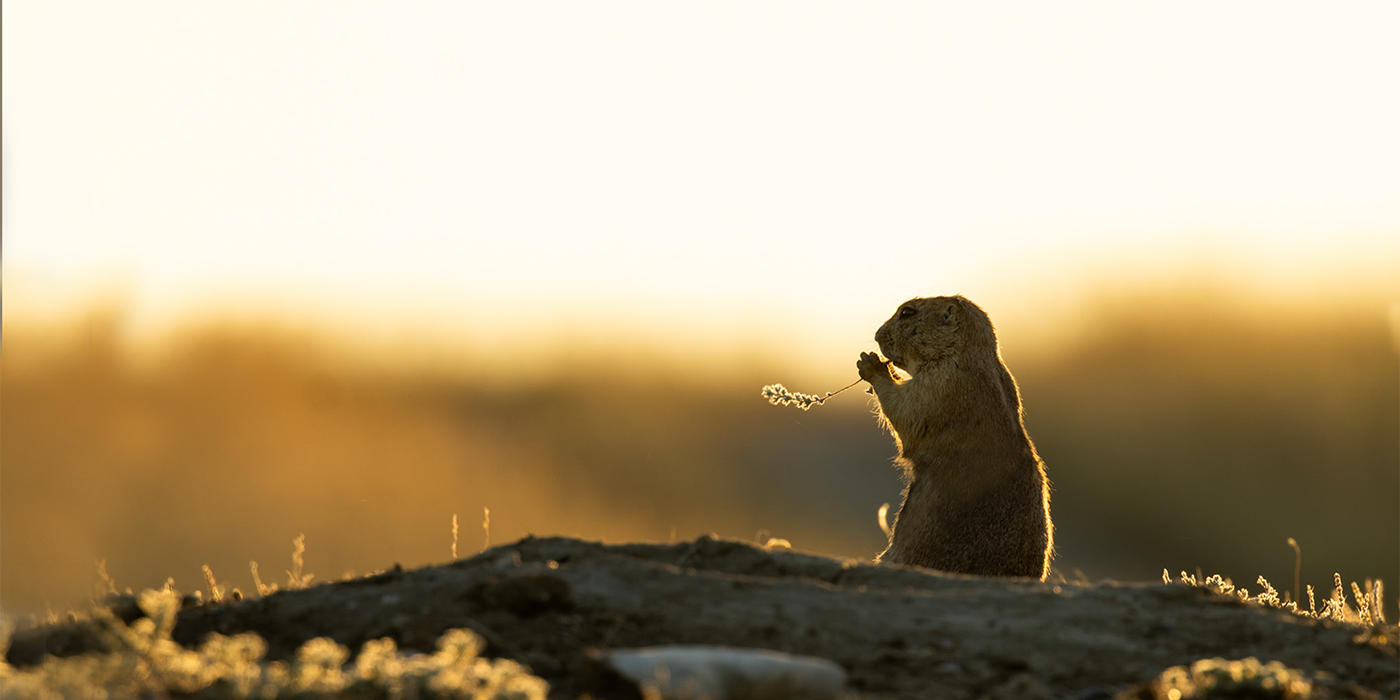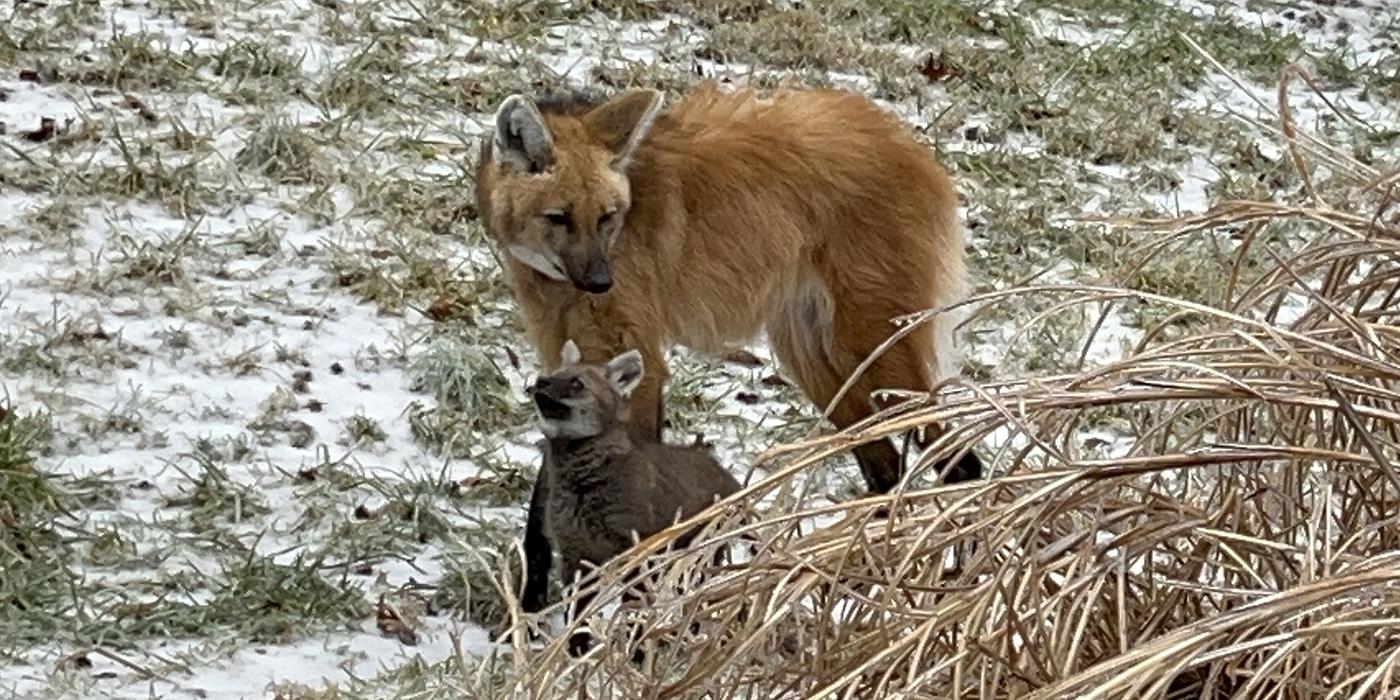Food Fight: New SCBI Metagenomics Study Helps Guide Zoos on Black Rhino Nutrition
For humans, figuring out how to eat healthy can be overwhelming with the influx of new fad diets, from the gluten-free caveman diet to the veggie-heavy Mediterranean diet. For black rhinos — who are specialized browsers — finding the right diet can be just as challenging for those in human care. A new study from the Smithsonian Conservation Biology Institute and partners compares the bacterial communities (microbiome) in the gut of wild rhinos to that of those in human care, resulting in a recommendation for a health-boosting rhino diet.
“Zoo-animal nutrition is a science and an art,” says Budhan Pukazhenthi, an SCBI research physiologist and co-author on a paper about the study results, published May 28 in the journal Scientific Reports. “Nutritionists are constantly trying to develop the best nutrition plans for animals in human care. Systematic studies like this will better inform managers, nutritionists and researchers about what may be causing some unexplained health issues, as well as help them to evaluate the diets we provide our collection animals. It’s a win-win for all.”
Black rhinos in human care experience a range of metabolic problems — they are often unable to regulate their own iron levels, they experience systemic inflammation, and some suffer from obesity. This combination of health issues also appears to interfere with the rhinos’ ability to reproduce. This is a particular problem for a group of animals meant to be an insurance population as the wild population dwindles as the result of poaching.
The researchers set out to determine if the diet that black rhinos receive in human care might be contributing to these health issues — and how to adjust their diet accordingly. By evaluating fecal samples, the study found that while the bacterial communities of wild rhinos’ stomachs and those of rhinos in human care are generally similar, there are major differences in the proportions of various bacterial communities. Notably, the bacteria are different in function. Wild black rhinos had higher proportions of bacteria that help break down fiber, for example. They also found that rhinos at zoos were eating more starchy foods.
To address this, the study suggests that keepers and animal managers incorporate more browse into rhino diets to more closely emulate their natural wild diet, to diversify their diet so that it is less homogenous, and to consider adding a pre- or probiotic to their meals. These actions would help to better reflect the gut microbiome of wild rhinos and could improve overall health of populations in human care, Pukazhenthi says.
“Although we anticipated some changes in gut microbiome between wild rhinos and those in human care, the stark difference in microbiome — indicating more starch-metabolizing microbes in rhinos in human care — was a surprise,” Pukazhenthi says. “With fewer than 100 black rhinos in zoos in North America, we need to do everything we can to improve the health of this population, which acts as a reservoir against potential extinction. This study is a great step toward being able to do so successfully.”
The black rhino is listed as critically endangered on the IUCN Red List of Threatened Species. The species has declined by more than 90 percent from more than 100,000 free-ranging black rhino in Africa in the 1960s to about 5,000 animals today. On average more than 1,000 rhinos are poached annually in range countries, including South Africa, Namibia, Kenya and Zimbabwe.
The paper’s other authors are Keylie Gibson, Bryan Nguyen, Laura Neumann, Michelle Ahn and Keith Crandall, George Washington University; Savel Daniels, Stellenbosch University; Michele Miller and Peter Buss, Kruger National Park. The study was made possible with funding from International Rhino Foundation.
Help support the Smithsonian's National Zoo and Conservation Biology Institute's efforts to preserve critically endangered black rhinos by donating to Conservation Nation, an initiative of Friends of the National Zoo.




